Rewilding Europe is creating space for natural processes like forest regeneration, free flowing rivers, herbivory and carnivory to impact ecosystems. Across the continent, the interaction of these processes leads to constantly evolving landscapes rather than fixed habitats. A forest today can be a grassland over time, and vice versa. Understanding this dynamic is the key to preserving Europe’s rich biodiversity.
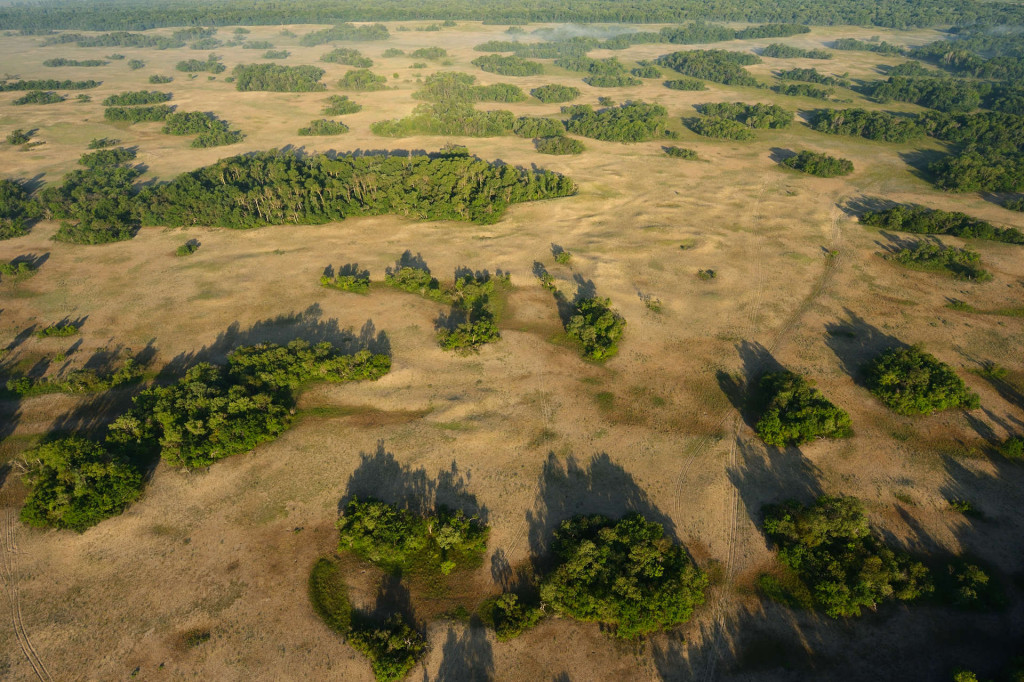
‘Are we smart enough to know how smart animals are?’ is the title of a book by famous biologist Frans de Waal. Taking his line of reasoning one step further, we could ask ourselves: ‘are we not too simple-minded to understand the complexity of ecosystems?’ Learning by doing – or better still, learning by letting – is a useful exercise. By allowing natural processes shape our landscape, we can explore the interaction between natural vegetation growth, storms, avalanches, natural forest fires, river dynamics, carnivory and herbivory.
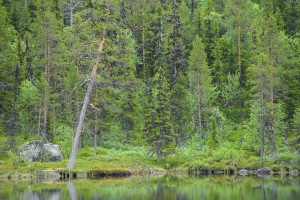
Despite what some wilderness experts might say, the result will certainly not be coast-to coast forest between the Mediterranean and the Arctic. That is also what European biodiversity tells us. Just as there are tens of thousands of species connected to forests, dead wood, humus layers and forest soils, there are also tens of thousands related to grasslands, shrubs, trampled soil, manure and large carcasses. The interaction between all these processes and species typically leads to a dynamic and continuously changing mixture of habitats.
Life on the edge
Succession does not mean uninterrupted progression towards forest. In reality, it is a process with a constantly changing direction, which may or may not result in a forest at any one time. In many situations a storm, a fire, a flood or disease can initiate a more open landscape, maintained for decades by large herbivores. Then another disease, harsh weather event or the development of thorny shrubs may help trees to take over again for another transient period.
Man has long used the vast majority of Europe’s grassy habitats for food production, domesticating or exterminating most of the large European herbivores in the process. It is understandable, then, that wilderness has become synonymous with forest.
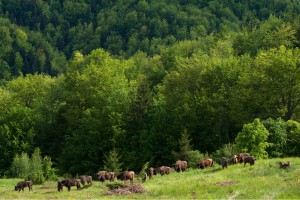
A lack of natural herbivores means the continent’s last remote areas have largely become covered by trees, while the few large animals that still live in these forests – such as the wolf, red deer, brown bear, bison and (formerly) the auroch and wild horse – have come to be considered forest dwelling species. But if you give these animals the choice between forest and more open habitat, they will always prefer the latter.
The fact that the few free living bison herds in Europe today are fed with hay to keep them in the forest, says it all. Today we are coming to the realisation that the forest was only a refugee habitat for these species; the only place left where they could survive. A realisation that what we once thought of as wilderness was, in reality, a last resort.
Restoring the herbivore-carnivore balance
Rewilding Europe is now physically and figuratively trying to change this exclusive focus on forest as wilderness. We do help protect the continent’s last remaining old growth forest, and stimulate natural forest regeneration wherever possible. But this is only part of the story.
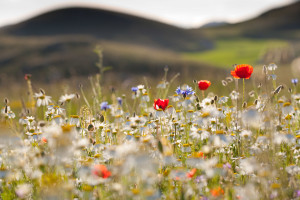
We also restore rivers, stimulate the reflooding of polders, help the comeback of large carnivores and increase wildlife populations through working with the hunting sector. We also set up reintroduction programmes for large herbivores like deer and bison, and even wild horse and tauros. This is, of course, what attracts most attention in the media. Not only because this is one of the striking ways in which we differ from conservation initiatives that have gone before. But also because wild horses and wild cattle have long been associated with agriculture, and because we have lost sight of the why these herbivorous species have been domesticated and the key role they could play in shaping European ecosystems.
For Rewilding Europe, bringing them back is not about neglecting the importance of other natural processes. It’s about telling the whole story. Man may want to keep forests closed and grasslands open, but nature is different. If herbivores didn’t debark trees or eat saplings, there would be no reason for foresters to lessen their numbers. If shrubs and trees didn’t grow in open fields, there would be no basis for subsidies to remove them. But most shrubs and trees much prefer open landscapes over a closed canopy to germinate and grow. Conversely, the tree species which prefers shadow the most – the beech – is the species most vulnerable to debarking by deer, bison and wild horses.
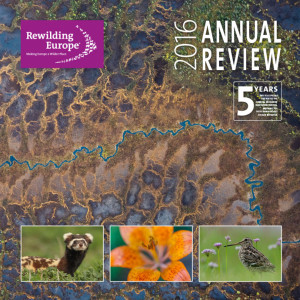 In a way, forests and herbivores are antagonists. In need of each other, they perform a dance that continues in slow motion throughout the European landscape. Creating places on the continent where this dance can come to fruition is one of Rewilding Europe’s major goals.
In a way, forests and herbivores are antagonists. In need of each other, they perform a dance that continues in slow motion throughout the European landscape. Creating places on the continent where this dance can come to fruition is one of Rewilding Europe’s major goals.
A continent in motion story was first published in the Rewilding Europe Annual Review 2016.
